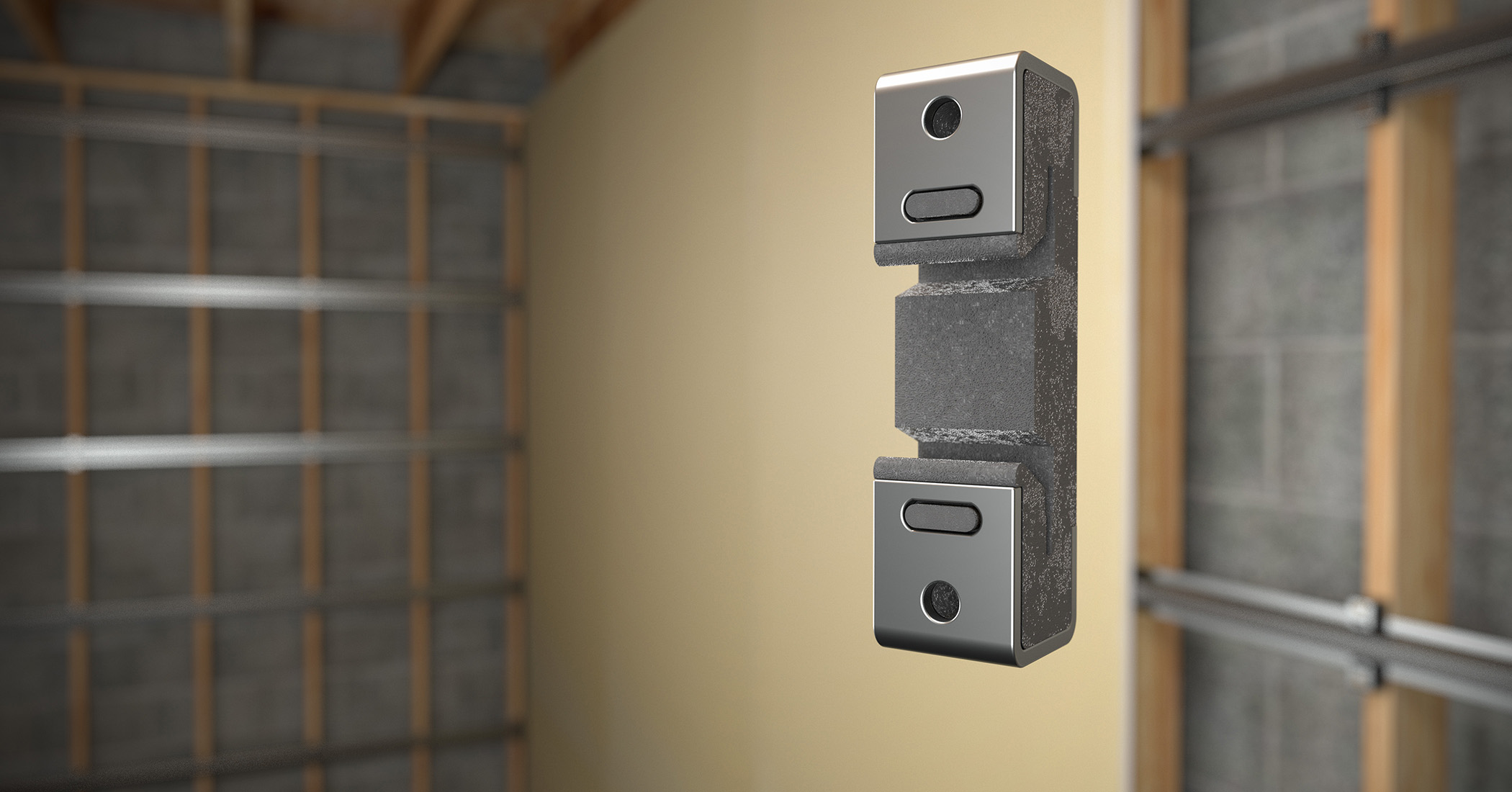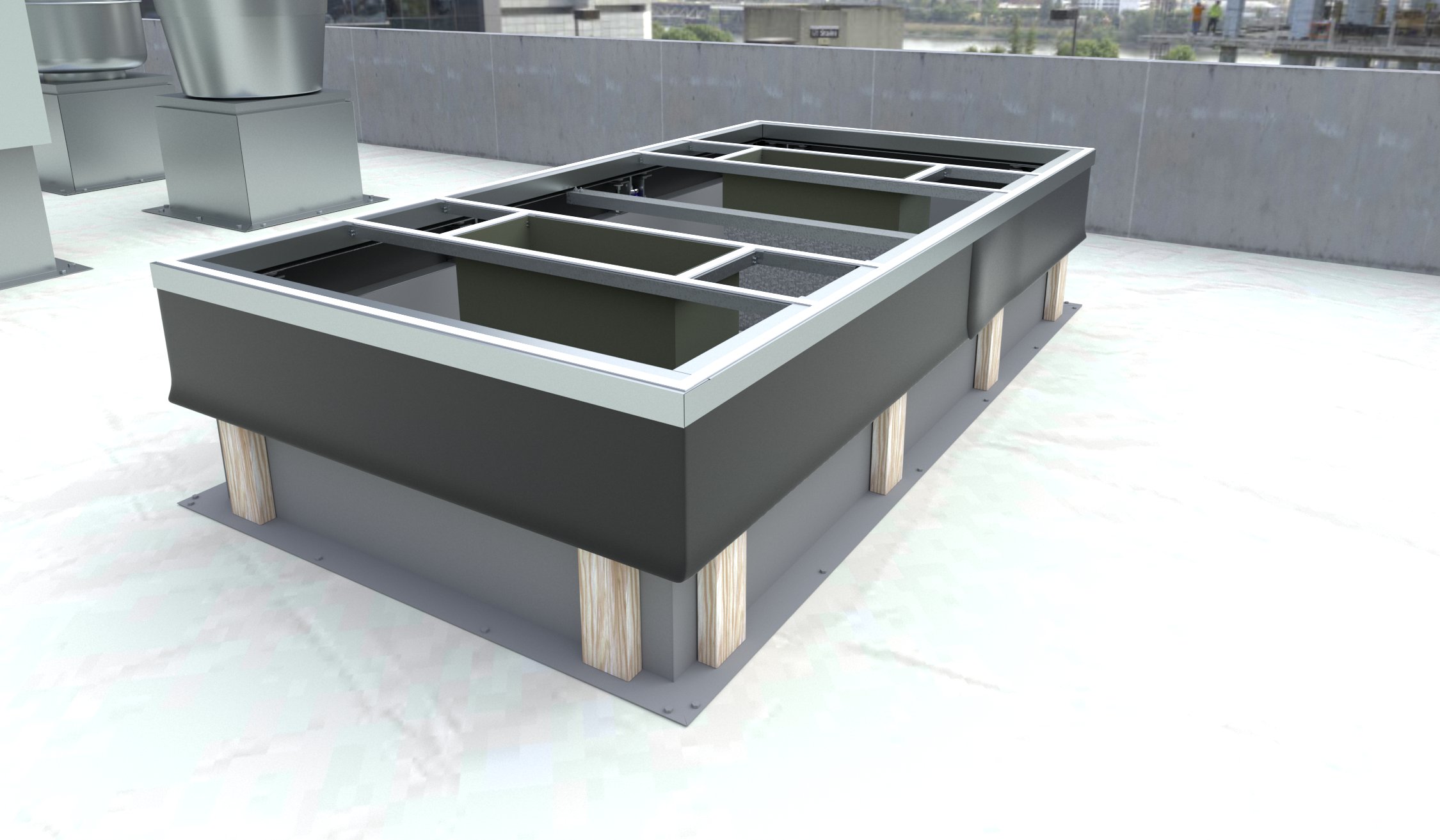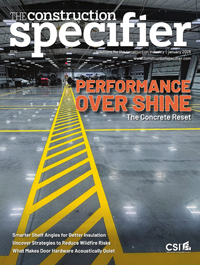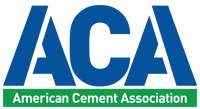CAD in the Cloud: How will it change the construction industry?
How does this change the construction industry?
Freeing CAD applications to run anywhere has a profound effect on how these apps can be used in practice. Many other industries are already seeing rapid changes in workflows, collaboration, and productivity based on using web-based and mobile apps. Enabling rich CAD and visualization applications to run just like any other web-based app means those benefits can also translate to the construction industry.
Mobility
Businesses can run their favorite Windows-based CAD applications, unmodified, from notebooks, Chromebooks, tablets, and smartphones. As a result, these tools can be run onsite and used as a direct reference during construction of a building. Having to rely solely on printed 2-D drawings at the jobsite is a thing of the past.
Collaboration
When applications are run in the Cloud, it becomes easy to share with others in the design and implementation team. No downloads or plugins are needed—just a standard browser and a link. There can even be multiple team members interacting on the same application at the same time from several locations.
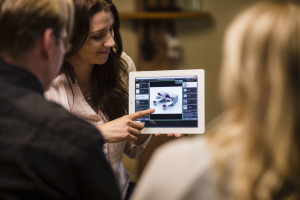
Effective change management
By connecting all project team members to an electronic design, it is much easier to ensure the plan of record for a project stays accurate throughout its lifecycle. The issue of handwritten exceptions noted on blueprints that never make it back to the original design file is eliminated. When the finished structure includes a completely up-to-date model and plans, there can be huge savings down the line when mistakes are avoided during updates, expansions, and maintenance.
Transparency
When architects, engineers, and contractors can share tools and let their clients interact with them, surprises and call-backs are reduced. An entire building can be modeled and designed in CAD software, rendered into a photorealistic environment complete with trees swaying in the wind (e.g. LumenRT), and even outfitted with all its furniture (e.g. Configura CET Designer). Now, with CAD in the Cloud, clients do not need a workstation to interact with the final result setting their expectations accurately before a single truss is raised.
Pay as you go
Teams in the construction industry scale up and down all the time. The very nature of Cloud-hosted applications enables software-as-a-service so you only have to pay for what you use. This means firms do not need to buy workstations for peak times, and watch them sit idle otherwise. Cloud-based delivery allows monthly, weekly, and even hourly pricing models.
Adoption
It is now possible to take any software and run it in a browser—even if it needs a high-end GPU. Platforms such as Frame enable both independent software vendors (ISVs) and businesses to do this today. An architect or designer can already take a Chromebook to a client meeting to show a new 3-D design, render changes on the fly, and leave the clients with a link to interact with the new design on their own terms as they head off to the airport with only a smartphone.
Change in any industry does not happen overnight. However, when there is a compelling need and the path to meet it is made easy, evolution can happen quickly. CAD applications are now free to run anywhere, so we can expect to see a lot of change in the coming months and years. Software vendors will adapt how they sell and deliver their tools (many already have) and businesses will find how this new flexibility translates to better returns. With more than $1 trillion of new construction spending in the United States alone at stake next year, any improvements to efficiency and productivity will have a huge and lasting impact.
 Carsten Puls is the chief product officer for Frame. He has spent more than 20 years creating new high-tech market categories while co-founding several startups and pioneering a variety of current industry standards such as PXI and VDI. Puls started his career as a design engineer at Exxon and National Instruments. He holds a degree in mechanical engineering from Louisiana State University and a master’s in Engineering from the University of Texas at Austin. Puls can be reached at carsten@fra.me.
Carsten Puls is the chief product officer for Frame. He has spent more than 20 years creating new high-tech market categories while co-founding several startups and pioneering a variety of current industry standards such as PXI and VDI. Puls started his career as a design engineer at Exxon and National Instruments. He holds a degree in mechanical engineering from Louisiana State University and a master’s in Engineering from the University of Texas at Austin. Puls can be reached at carsten@fra.me.


